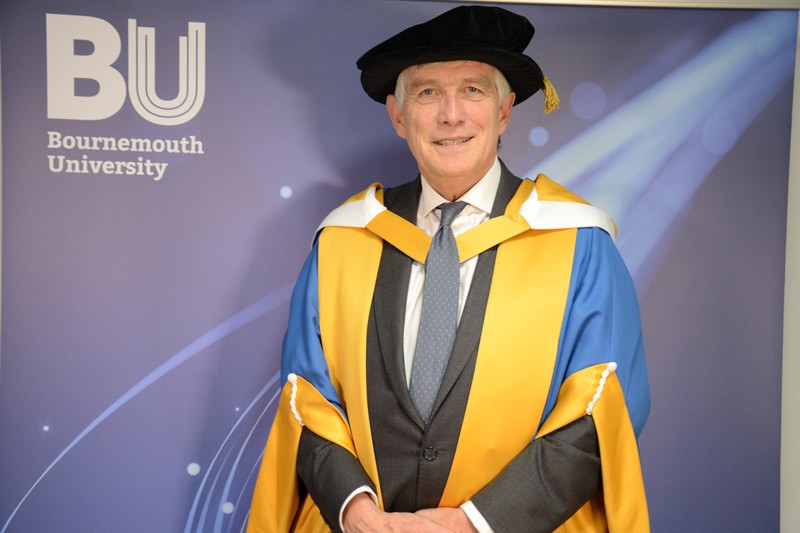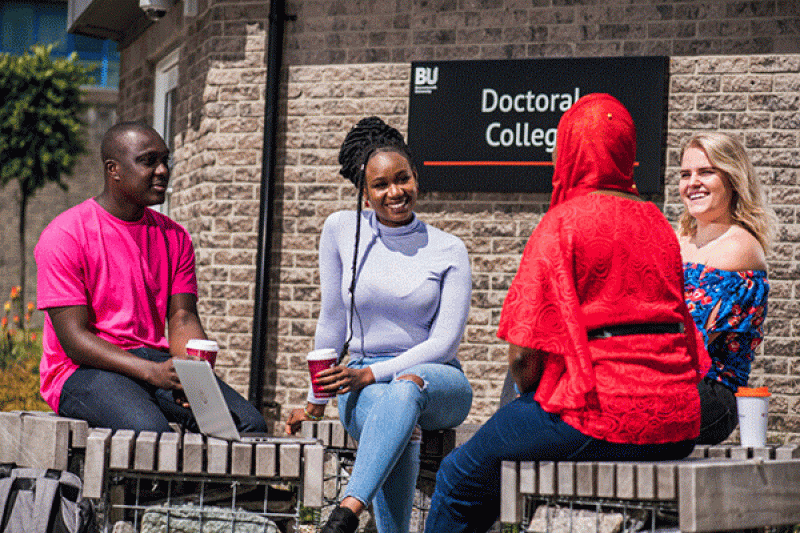
Sarah Bate, Bournemouth University
While most of us find it easy to recognise highly familiar faces such as those of family and friends, identifying faces that we have only briefly encountered is much more difficult. In fact, some research suggests that even experienced passport control officers make a large number of errors when matching faces to identity documents. Yet, recent work reveals that a small number of people may have extraordinary face recognition skills, outperforming typical people on a range of face recognition tasks. ![]()
These so-called “super recognisers” have an uncanny ability to recognise faces, remembering people they have not seen for decades, who have substantially changed in appearance, and who they have only fleetingly encountered. Some super recognisers have even been accused of stalking because the person that they recognised did not reciprocate the familiarity.
It is currently unknown how many people truly have superior face recognition skills. Popular tests assess participants’ ability to recognise photographs of celebrities that were taken a long time before they became famous. While these “before they were famous” tests are certainly fun to complete, it is very difficult to control for participants’ previous exposure to each celebrity.
A more reliable option is to assess performance on computerised tests that require participants to memorise faces and to later recall them. The number of correct responses can then be compared to the average score achieved by people with typical face recognition skills. This statistical procedure simply identifies the top 2% of the population – meaning that one in 50 people are currently classed as super recognisers.
Recent research carried out at Bournemouth University investigated whether these people are actually processing faces in a different manner to the rest of the population. It has long been known that the optimal way to process faces involves the use of a “configural” or “holistic” processing strategy.
This involves seeing faces as a whole, taking account of all of the facial features and the spacing between them. Interestingly, all of the super recogniser participants displayed heightened configural processing on at least one task. We also monitored their eye movements as they looked at faces. While control participants mostly looked at the eyes, super recognisers spent more time looking at the nose. It is possible that this more central viewing position promotes the optimal configural processing strategy.
What makes a super recogniser?
We also examined the potential causes of super recognition, finding no evidence that these people have higher intelligence levels or excel at all visual or memory tasks. In fact, their superior ability is restricted only to the recognition of faces. It currently seems that some people are simply predisposed to developing this skill, and there is increasing evidence that face recognition skills are heritable. Twin studies report a higher correlation in face recognition ability for identical compared to non-identical twins, and disorders of face recognition – prosopagnosia or face blindness are known to run in families, too.

Another important finding is that some people seem to be superior at specific face recognition tasks. For instance, while some of our super recognisers were excellent at remembering faces, others had typical face memory skills yet were extremely good at deciding whether pairs of simultaneously presented faces were of the same person or two different people. A further skill that has not yet been tested is the “spotting” of faces in a crowd. Many super recognisers claim to be particularly proficient at this task, and it is possible that some people may be “super spotters” yet not excel at other tasks.
The possibility that there are different subtypes of super recognition is particularly important when considering the applied value of this research. Passport control is one clear candidate for the use of super recognisers, and many policing scenarios would also benefit. Super recognisers might assist with the matching of faces captured on CCTV footage, the comparison of faces to identification documents, or the scanning of crowds for known troublemakers, wanted perpetrators or even missing persons.
They may also help with victim identification, or deciding whether a person moving between borders is using a fraudulent identity or is even a missing child. There may not be enough super recognisers to fill all these tasks in all locations, particularly given different individuals may be needed for different jobs, but an elite team of super recognisers could be deployed in times of need.
There has already been some movement towards this ideal, and certain police forces are now working with academics to screen their officers for super recognition. Like many sectors, security and policing agencies are increasingly being assisted by technological advances. However, the discovery of super recognisers presents a refreshing example of how a previously untapped human aptitude can make a real difference to local, national and global security.
If you think you are a super recogniser, you can register to participate in research here.
Sarah Bate, Senior Lecturer in Psychology, Bournemouth University
This article was originally published on The Conversation. Read the original article.



